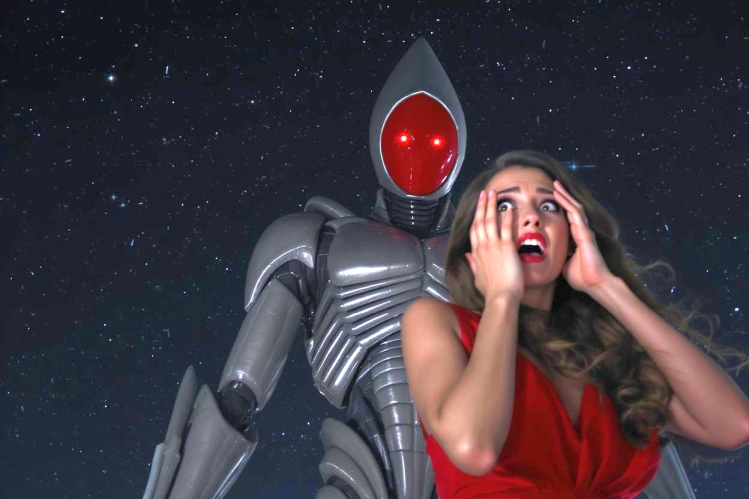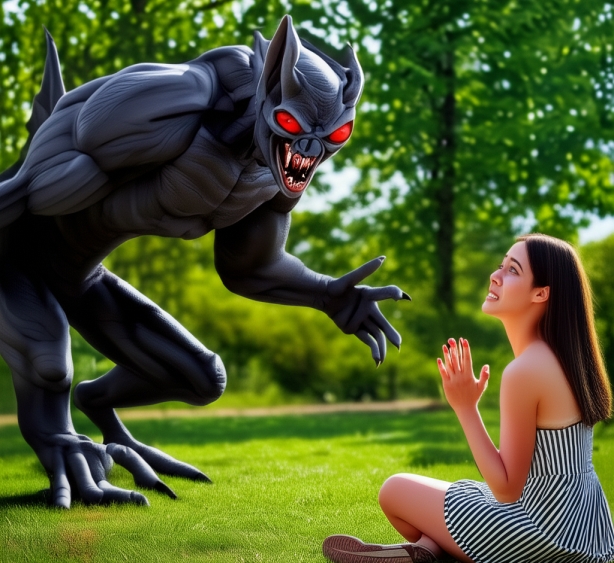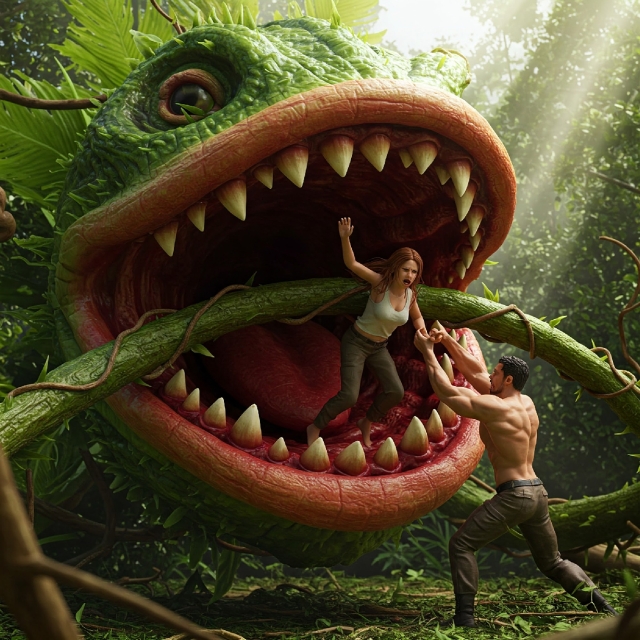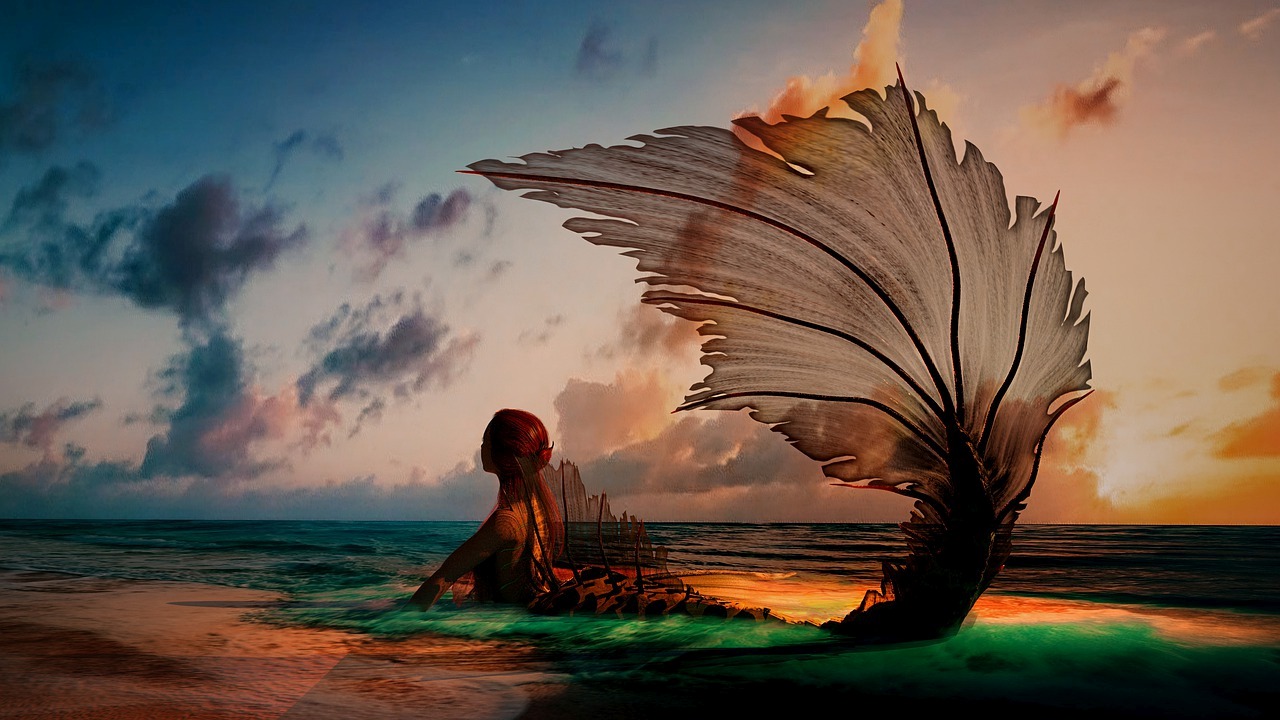
In our modern day and age, with the world’s oceans and seas heavily explored and very much traveled upon, we have absolutely no proof of the existence of mermaids. These alleged marine creatures that are half human females from the head to the waist down and thereafter having the body of a large fish with a very prominent fish tail consists of two big dorsal fins to serve as flapping flippers; helping to her to swim the courses of mighty oceans. For eons there have been numerous stories of mermaids, and many people strongly believe in their existence Yet, for some creature so wildly considered to be real by various people, no type of credible evidence has emerged proving they have been or are among us. We shall soon examine what most likely occurred to cause the mermaid legends.
The idea of mermaids, over many years, have had a profound influence on western civilization thinking and culture. Mermaids have been the talk of both men and women for hundreds if not thousands of years. In 1837, the famous Danish writer, Hans Christian Anderson(1805-1875) who wrote many children’s stories, wrote the fairy-tale story entitled “The Little Mermaid” in which a young mermaid is able to become a full, beautiful human woman. In Copenhagen, the capital city of Denmark and the most populous city of that country, there is a statute dedicated to that mermaid who becomes a complete human woman.
The American seafood company known as “Chicken of the Sea” in El Segundo, California that sells tuna, salmon, clams, crabs, shrimps, mackerels, oysters, and other foods; on the company’s cans has an image of a mermaid. Starbucks, the large coffee and restaurant business chain, has an illustration of mermaid, from the waist up, on its packages, beverage cups, etc. Starbucks was named after a nautical character. The female image logo is that of a siren, in maritime legends, women who screamed from the shores of rocky waters to entice sailing ships with their male crews to follow in, and for the ships to wreck against the rocks.
An image of a siren, which some people believe were mermaids, from a 16th century Nordic woodcut, is the Starbucks female logo. Also, in 1984, there was a movie released called “Splash”. It was a love story about a beautiful young, woman who at times reverts back to a mermaid and the young man romantically involved with her and the rude interruptions of a scheming scientist. The movie starred Daryl Hannah as the mermaid, Tom Hanks as her boyfriend. The film also starred John Candy, Eugene Levy, and others. H.C Anderson’s mermaid tale was also made into a movie by Walt Disney Productions in 1989 entitled as the tale is entitled: “The Little Mermaid”. So now the question arises: “Where did the stories of the mysterious mermaids come from?” There are few theories. One theory is that the ship’s male crew members, long at sea and desiring female companionship, and often times not able to drink the water because they were often times around salty water, would drink alcoholic beverages; mainly beer. Drinking and getting drunk normally does not cause a person to hallucinate. In olden times drunkenness can be tolerated to a certain extent, while excessive drunkenness causes a person not be able to do physical work would bring on disciplinary action by the captain. Excessive, constant heavy drinking can cause a strong illness over a period of time of time where people can experience hallucinations. Thus, such sailors might see certain large marine animals on rocks or swimming in the waters, animals as manatees, dugongs; sea cows and hallucinate by seeing part of these animals as young, beautiful human females from the waist upwards. A hallucinating man can see a large fish jump out of the water but hallucinate that the fish seen was a mermaid.
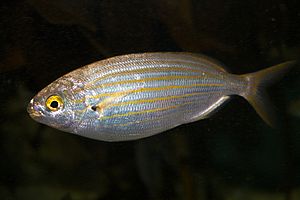
Perhaps there are other possibilities. It has been established that the consumption of certain species of fish can produce hallucinogenic effects, from apparent poisoning. Sarpa salpa, found in Mediterranean sea near Spain and France and the northern coasts of Africa is one such example. Clown and Rabbit fish are among others. Although Sarpa are eaten regularly it is only on rare occasions people have been poisoned. It is reported the effects can last over 36 hours including night mares, slurred speech, hallucinations, electric shock sensations, and palpitations. The Sarpa salpa has been known as the “fish that makes dreams” in Arabic, whose people acknowledge this aquatic scare.
Would Hallucinogens have made sailors on a ship or even the captain and his commissioned officers to hallucinate and see mermaids? Could men dreaming of their wives or love partners become convoluted with thoughts of fishing and creatures of the sea create the “mythical mermaid” half woman half fish in a contorted subconscious mind?
Thousands of miles of loneliness, sun baked days, inky black starlit nights, the seaman fought to survive against merciless odds hoping that a beautiful woman would ultimately conform him and become his friend. To give him the strength to carry on and see another shore. Could that “woman” be the mermaid of his fantasy to save him from a seafaring peril or to lure him crashing ashore to his demise?
